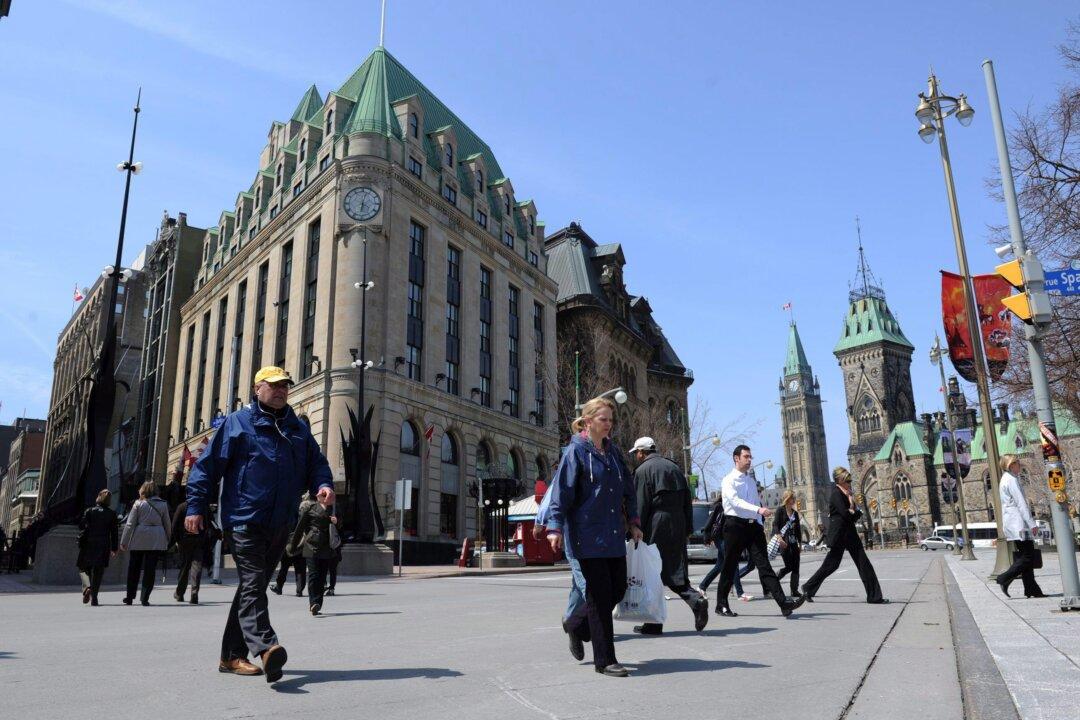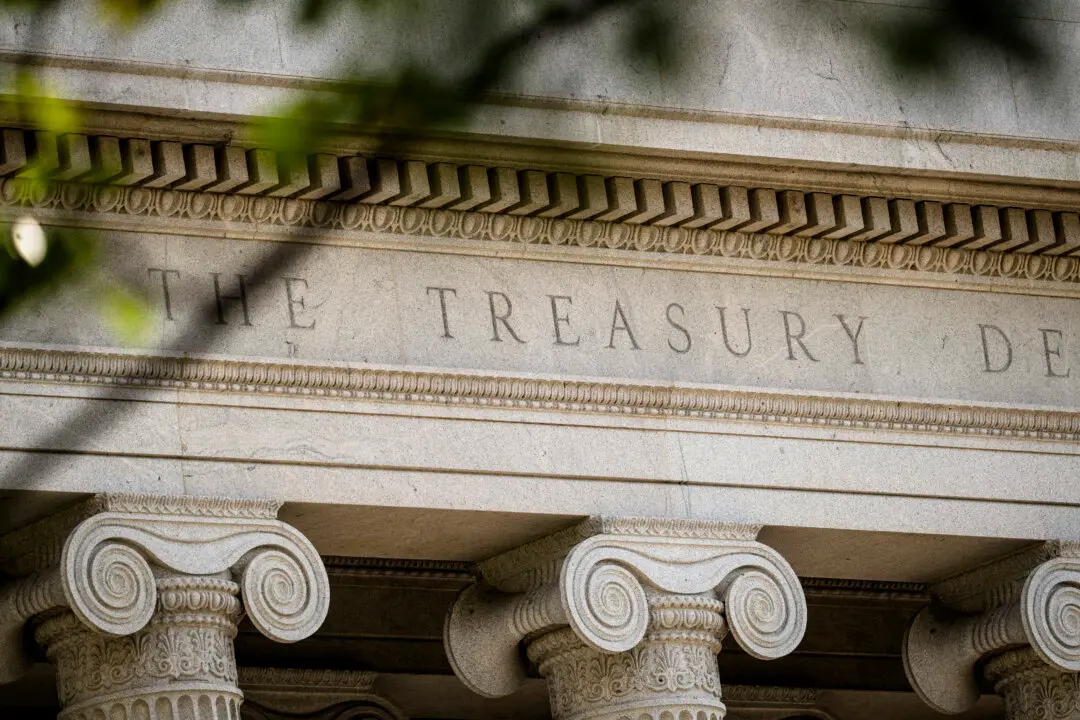Commentary
Many Canadians, especially among those who were born here or have been here for decades, are asking themselves how such a wonderful, albeit imperfect country could have gone off the rails in what seems like such a short period of time. Few young Canadians in Toronto and Vancouver, as well as many places in Canada, can afford a single-family home. More people are going hungry and/or living on the streets than ever thought was imaginable.
A mood of despair and anger is growing in a nation once famous for its passivity and optimism. How did we get here so fast?
It is easy to blame the current federal government that has ruled for eight years. Goodness knows, the Trudeau government has plenty to answer for. However, the problems that are apparent now were decades in the making. The current government merely accelerated negative trends that began five decades ago and increased in intensity in the years since.





